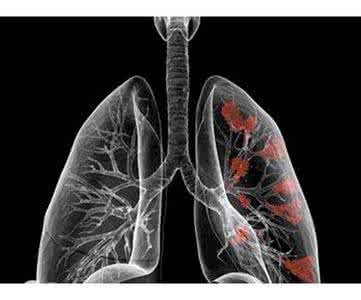What can oviduct radiography do?
summary
Traditional examination of the fallopian tube, whether it is radiography or water, there will be more or less pain, some pain sensitive women even because of pain, tension, resulting in tubal spasm, resulting in false blockage of the fallopian tube. Let's share my experience with you.
What can oviduct radiography do?
When inserting the tube, if you encounter patients with tight cervix, you need to expand the cervix before inserting the tube. If you don't expand the cervix, you can't insert the tube. Dilation of the cervix is very painful, sometimes more painful than radiography.

When doing contrast, you need to insert a tube in the uterine cavity. There is an air bag in the front of the tube. Only when the tube is inserted into the uterus and the air bag is opened, the tube will not come out of the uterine cavity. However, if the air bag is too large, it will strongly stimulate the uterine cavity and cause discomfort. This discomfort is mainly manifested as heavy dizziness, light pain, and some patients even faint. However, if the balloon is too small, the tube is easy to prolapse from the uterine cavity, resulting in the failure of the angiography, so it is necessary to do the angiography again to reduce the pain of the examination.

High precision salpingography (SSG) is to perform selective salpingography under X-ray fluoroscopy, then according to the situation of high-precision salpingography, select the specific parts of the fallopian tube which are blocked or obstructed to separate and adhere with the guide wire, and use the pushing expansion and separation function of the catheter and cook guide wire and the impact force of the contrast agent to dredge the fallopian tube to the umbrella end.

matters needing attention
1. No bath and sex for two weeks after angiography, antibiotics can be given to prevent infection. 2. Sometimes because of tubal spasm caused by the false appearance of tubal obstruction, if necessary, repeat. 3. If there is a small amount of vaginal bleeding within one week after angiography, if there is no other discomfort, it is normal. If the amount of bleeding exceeds the amount of menstruation or there are other discomfort, you should contact your doctor.
















